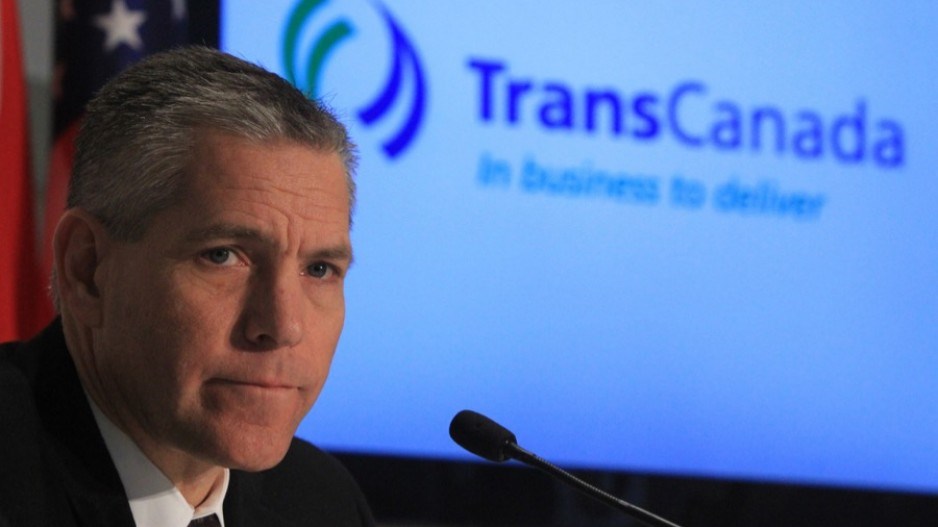Barely two days after US President Donald Trump signed an order to move forward on the construction of the Keystone XL, blocked by former president Barack Obama in 2015, the company behind the project has submitted a new permit application to the US Department of State.
In a release issued after stock markets closed on Thursday, TransCanada’s (TSX, NYSE: TRP) president and CEO Russ Girling said Keystone XL would help the US meet its growing energy needs.
“Independent forecasts by the U.S. Department of State estimate that [Keystone XL] will support tens of thousands of direct and indirect jobs and associated income during construction and contribute approximately $3.4 Billion to U.S. GDP,” the company said in the statement.
The project still faces challenges. To start, when Trump signed the executive order on Tuesday he said he’d negotiate the terms, including making TransCanada use only pipelines and materials produced in the US. There also are some landowners in Nebraska who have already pursued legal and procedural avenues against the pipeline.
The US State Department, in turn, has 60 days to review the application and issue a decision, according to published reports earlier this week, a period during which new hurdles may arise.
TransCanada first applied for a permit in 2008 seeking to build the 1,897km (1,179-mile) pipeline, which would carry 800,000 barrels of crude a day from Alberta to Steele City, in Nebraska. There it could join an existing pipeline.
The company has spent at least $2.5 billion on the project, whose total cost if built would be at least $10 billion due to delays and permitting costs.
If it goes ahead, Keystone XL is expected to carry more than one-fifth of the oil Canada exports to the United States.




